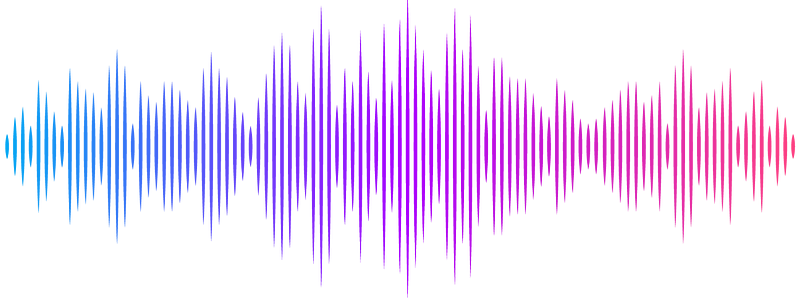Cultivation, chemistry, and genome of Psilocybe zapotecorum

Cultivation, chemistry, and genome of Psilocybe zapotecorum
Miller, D. R.; Jacobs, J. T.; Rockefeller, A.; Singer, H.; Bollinger, I. M.; Conway, J.; Slot, J. R.; Cliffel, D. E.
AbstractPsilocybe zapotecorum is a strongly blue-bruising psilocybin mushroom used by indigenous groups in southeastern Mexico and beyond. While this species has a rich history of ceremonial use, research into its chemistry and genetics have been limited. Herein, we detail mushroom morphology and report on cultivation parameters, chemical profile, and the full genome sequence of P. zapotecorum. First, growth and cloning methods are detailed that are simple, and reproducible. In combination with high resolution microscopic analysis, the strain was barcoded, confirming species-level identification. Full genome sequencing reveals the architecture of the psilocybin gene cluster in P. zapotecorum, and can serve as a reference genome for Psilocybe Clade I. Characterization of the tryptamine profile revealed a psilocybin concentration of 17.9+/-1.7 mg/g, with a range of 10.6-25.7 mg/g (n=7), and similar tryptamines (psilocin, baeocystin, norbaeocystin, norpsilocin, aeruginascin, 4-HO-tryptamine, and tryptamine) in lesser concentrations for a combined tryptamine concentration of 22.5+/-3.2 mg/g. These results show P. zapotecorum to be a potent - and variable - Psilocybe mushroom. Chemical profiling, genetic analysis, and cultivation assist in demystifying these mushrooms. As clinical studies with psilocybin gain traction, understanding the diversity of psilocybin mushrooms will assure that psilocybin therapy does not become synonymous with the psilocybin molecule alone.